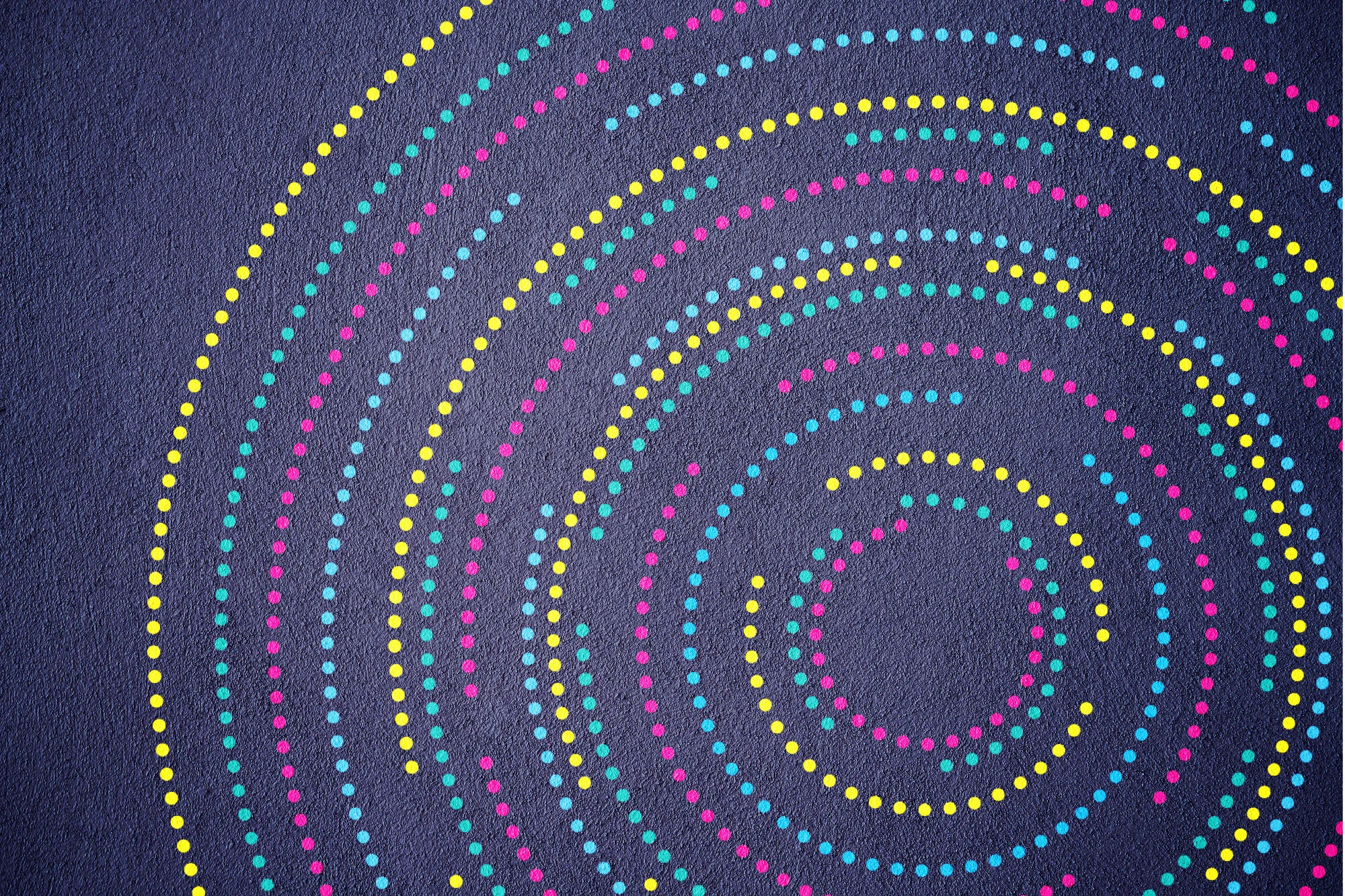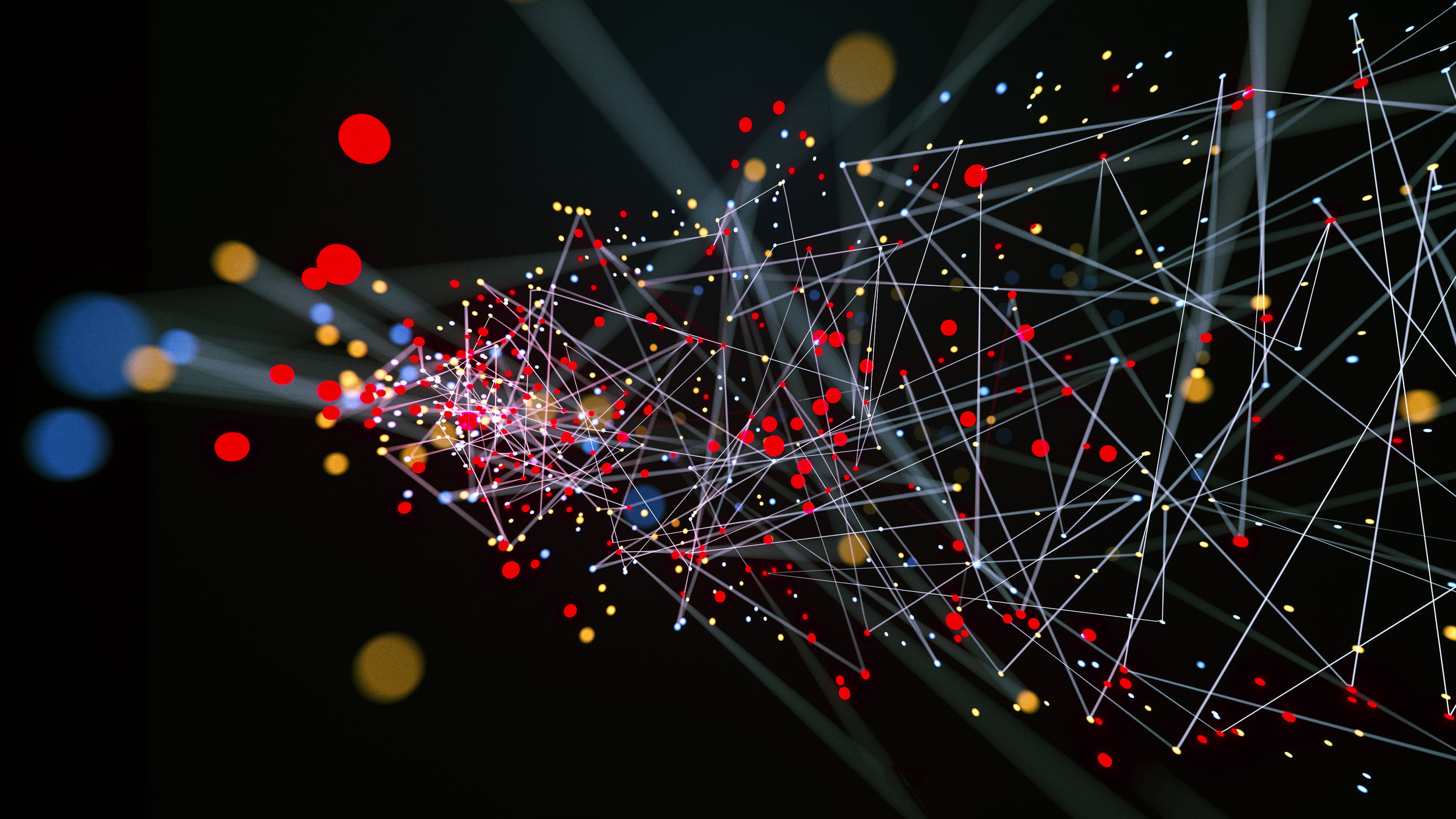A fantastic benefit of the course Introduction to Data Science for Social Scientists is that it introduces you to using Jupyter Notebooks, part of the Jupyter Project. But what is Jupyter? And why is it such a useful tool? We asked course instructor Geoff Bacon to share his thoughts.
Watch this webinar and learn how good decision-making leads to effective data visualisation.
At SAGE Campus we’re passionate about providing a learning journey that is successful from start to finish. To ensure that our courses are pedagogically effective and provide an engaging learning experience, we work with an eLearning Advisory Board. Read about how the expert feedback we receive is woven throughout the creation of our courses.
Learn how to perform simple tasks using R with our free training video.
Watch our free webinar and learn more about the role that quantitative text analysis plays for social scientists when working with large amounts of data.
See the value of photo-imagery within a chart display, and how using consistent composition and style enhances visualisations.
Do you want to learn more about how Python can be used for working with social data? Watch our webinar with SAGE Campus course instructor, Rob Mastrodomenico and find out all you need to know.
The projects that are the focus of this post demonstrate clever approaches to axis, and come from the Washington Post, the New York Times and Sports TV coverage
This guest post, written by Professor Ryan Watkins, shares a conceptual framework for preparing PhD students for study, research, and working in data intensive environments powered by intelligent technologies.
This post concerns approaches to annotating charts and includes observations on visualisations on gun crime, the NFL and dialogue analysis of ‘The Office’. They have been created by Andy Kirk, a UK-based data visualisation specialist and course instructor on Introduction to Data Visualisation.
Find out how to make clever choices about label placement, and how labels that appear to be simple, can actually make visualisations confusing.
This blog post is the first in a series of pieces by Andy Kirk, on the 'little’ of visualisation design: the small decisions that make a big difference towards the good and bad of visualisation. This week’s post discusses use of colour.
Python is one of the most popular programming languages in the data science world, but it is also proving integral to the burgeoning field of computational social science. Find out what attracts social scientists to Python.
Find out how you can use the R programming language to create visualizations and engaging stories with your data!
If you conduct social science research and you are using Stata, SAS, or SPSS, you might be looking to learn how to use some of the new tools on the block. R and Python are the two popular programming languages used by data analysts and although you could learn both, that would require a significant time investment. So which should you start with? And which one is best for social scientists?
Learning how to work with Big Data comes with a lot a new terminology (and jargon!). In an effort to bring some clarity to what can be a confusing area, the SAGE Campus team have created this glossary of Big Data and data science terms.
May is the month for Data Visualisation! Stay tuned to the SAGE Campus blog to discover from Andy Kirk, data viz guru, the small decisions that make a big difference to your visualisations.
Phillip Brooker is an interdisciplinary researcher in the field of social media analytics, with a background in sociology and sociological research methods. Phillip co-convenes the Programming-as-Social-Science (PaSS) network (www.jiscmail.ac.uk/PaSS) which explores computer programming as a subject and methodological tool for social research and teaching. Phillip is also our social science expert and course instructor on Introduction to Python for Social Scientists. We spoke to him about his background in computational social science and what he’s been working on recently.
Visualizations, whether we realise it or not, surround us and are part and parcel of the fabric of our everyday lives. From weather reports to emotive statistics conveyed in new stories, visualizations profoundly shape our cognitive awareness and understanding of reality. But how can social science researchers use them to their advantage?
You’ve probably heard of R, the statistical software package, but are you aware of all its benefits? I’m going to briefly outline the main advantages of R, with a focus on how it can help you clean up and sort all that messy data that threatens to disrupt your research project if not dealt with properly (as well as give you a major headache!).





















